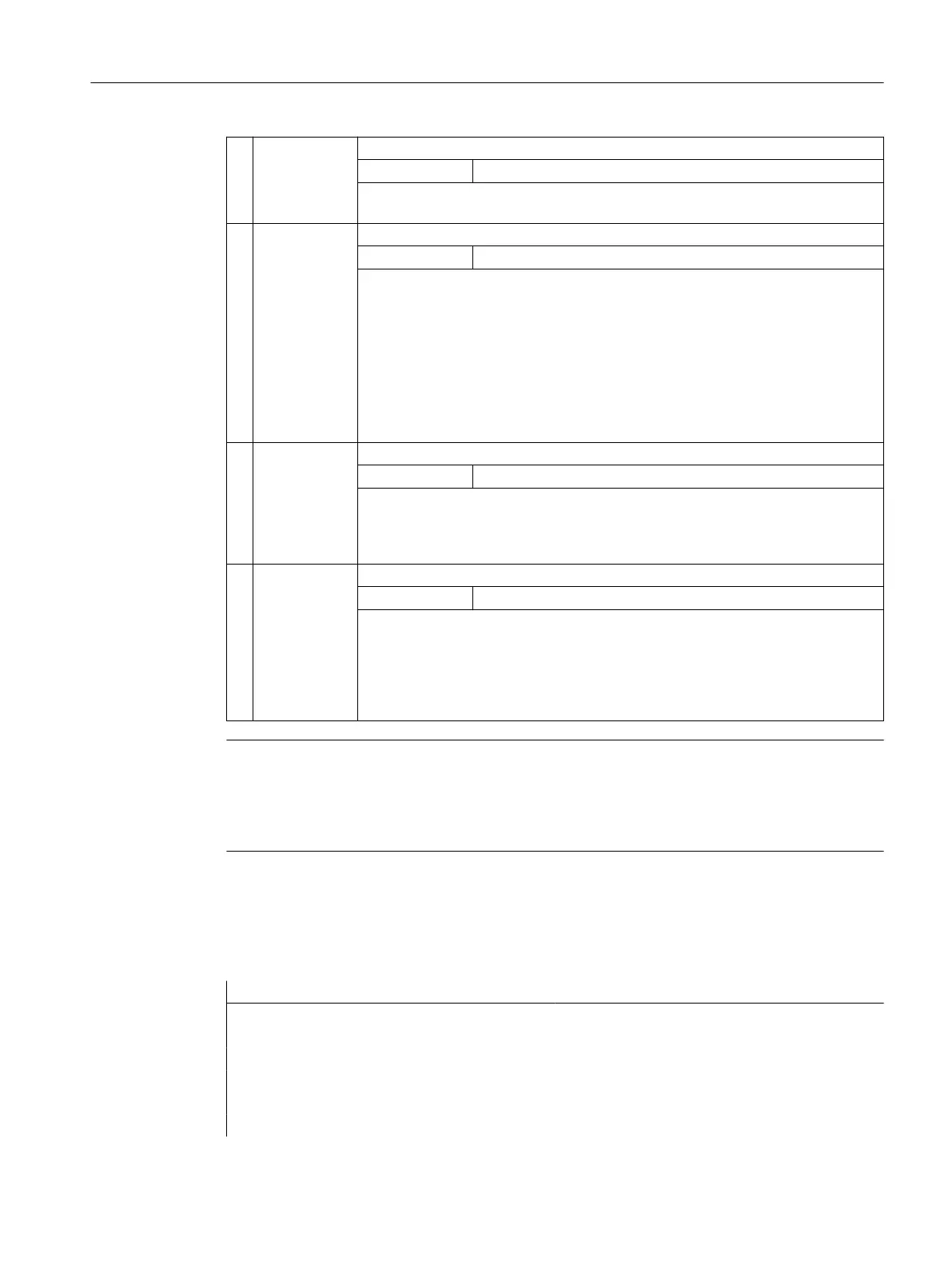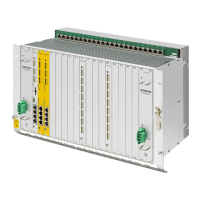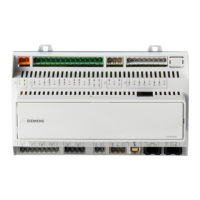6 <Stat>: Name of the data set for describing a tool environment (optional)
Data type: STRING
If the value of this parameter is the null string (""), or is not specified, then the
current status is used. The current tool is used if a tool is not specified.
7 <T>: Internal T number of the tool (optional).
Data type: INT
If this parameter is not specified or if its value is "0", then the tool stored in <Stat>
is used.
If the value of this parameter is "-1", then the T number of the active tool is used.
It is also possible to explicitly specify the number of the active tool.
Note:
If <Stat> is not specified, the actual status is used as the tool environment. Since
<T> = 0 refers to the T number saved in the tool environment, the active tool is used
in this environment, i.e. parameters <T> = 0 and <T> = -1 have the same meaning
in this special case.
8 <D>: Cutting edge of the tool (optional).
Data type: INT
If this parameter is not specified, or if its value is "0", then the D number used is
based on the source of the T number. If the T number from the tool environment is
used, the D number of the tool environment is also read, otherwise the D number
of the currently active tool is read.
9 <TL>: Number of the offset dependent on the location (optional).
Data type: INT
If this parameter is not specified, then the DL number used is based on the source
of the T number. If the T number from the tool environment is used, the D number
of the tool environment is also read, otherwise the D number of the currently active
tool is read. If T, D and DL specify a tool without location-dependent offsets, no
summed or setup offsets may be specified in parameter <Comp> (error code in
<Status>).
Note
Not all possible combinations of the three parameters <Comp>, <CorComp> and <CorMode>
make sense. For example, algorithm 3 in <CorComp> requires that two characters are
specified in <Comp>. If an invalid parameter combination is specified, then a corresponding
error code is returned in the <Status>.
Examples
Example 1
Program code Comment
N10 DEF REAL _CORVAL[3]
N20 $TC_DP1[1,1]=120 ; Milling tool
N30 $TC_DP3[1,1]=10.0 ; Geometry L1
N40 $TC_DP12[1,1]=1.0 ; wear L1
N50 _CORVAL[0]=0.333
N60 T1 D1 G17 G0
Work preparation
3.13 Tool offsets
NC programming
Programming Manual, 12/2019, 6FC5398-2EP40-0BA0 823

